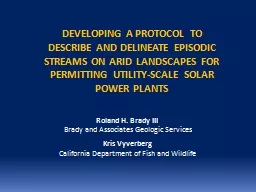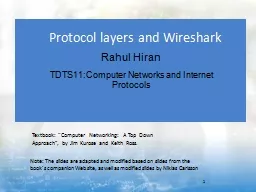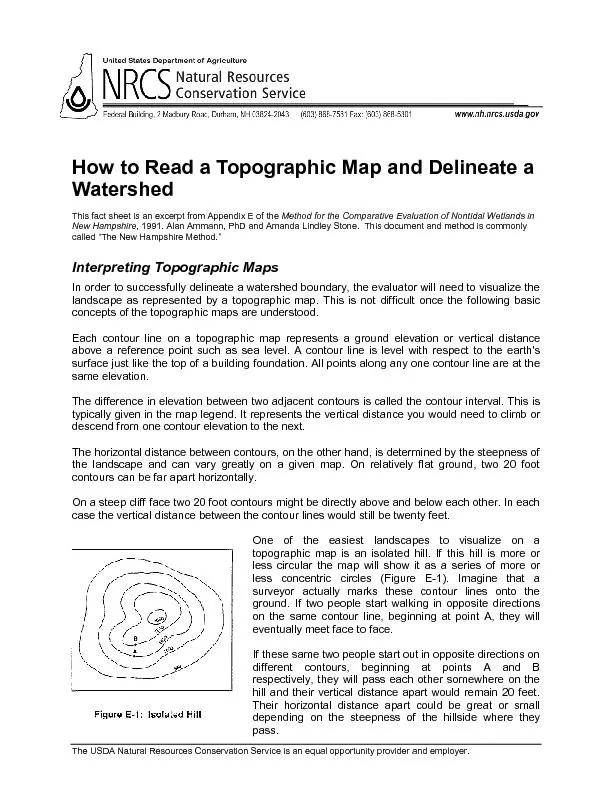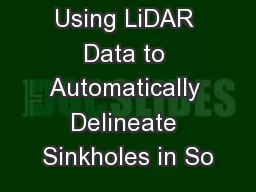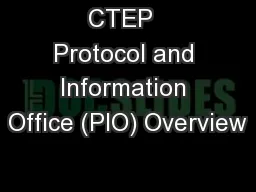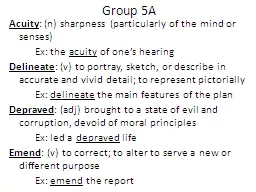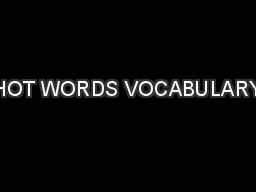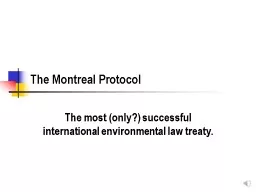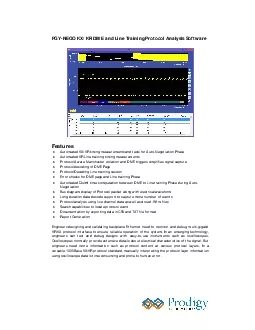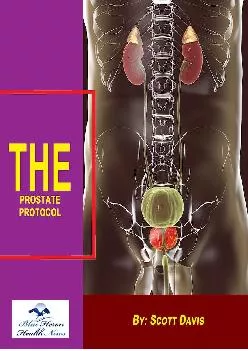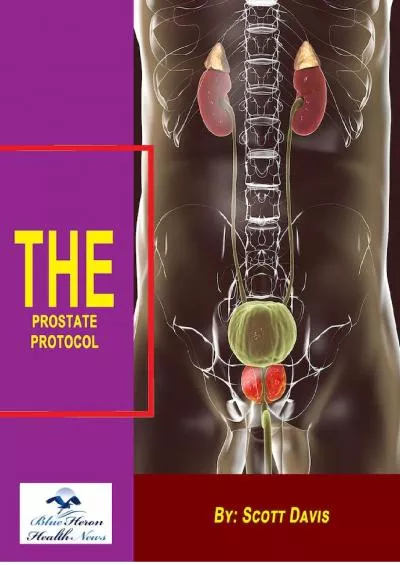PPT-Developing a Protocol to Describe and Delineate
Author : pasty-toler | Published Date : 2018-10-26
Episodic Streams on Arid Landscapes FOR PERMITTING UTILITYSCALE SOLAR POWER PLANTS R oland H B rady III B rady and Associates Geologic Services Kris Vyverberg
Presentation Embed Code
Download Presentation
Download Presentation The PPT/PDF document "Developing a Protocol to Describe and De..." is the property of its rightful owner. Permission is granted to download and print the materials on this website for personal, non-commercial use only, and to display it on your personal computer provided you do not modify the materials and that you retain all copyright notices contained in the materials. By downloading content from our website, you accept the terms of this agreement.
Developing a Protocol to Describe and Delineate: Transcript
Download Rules Of Document
"Developing a Protocol to Describe and Delineate"The content belongs to its owner. You may download and print it for personal use, without modification, and keep all copyright notices. By downloading, you agree to these terms.
Related Documents

